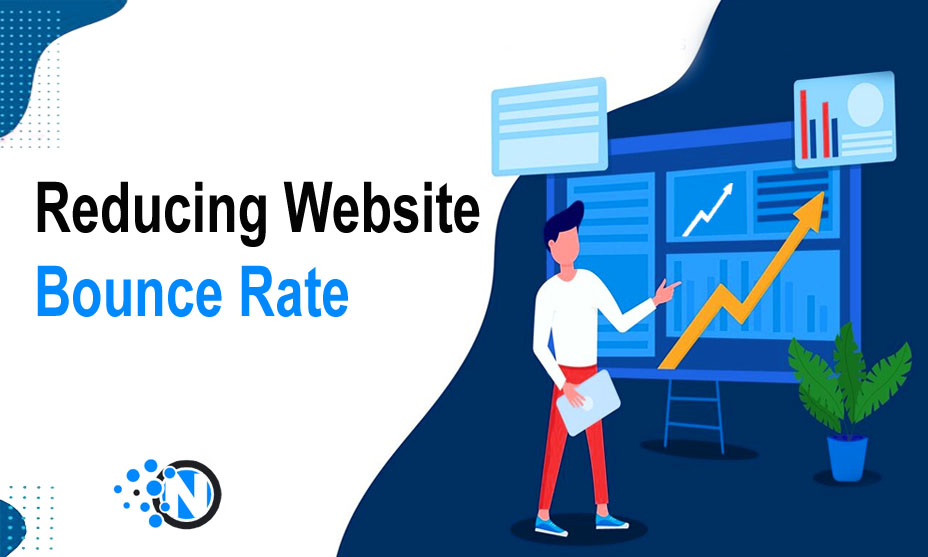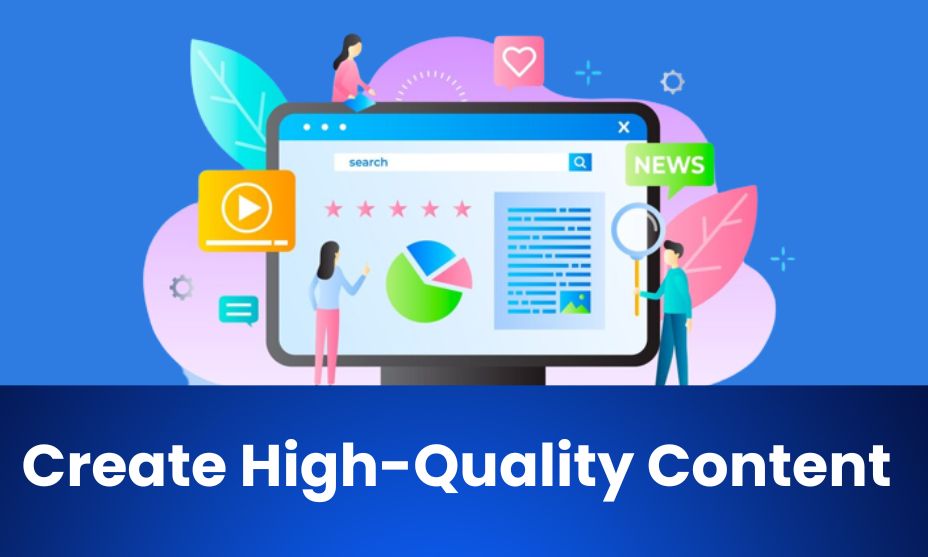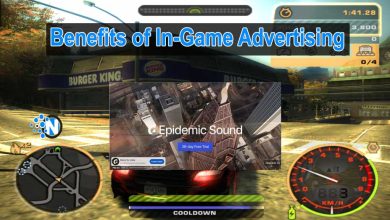Effective Tips for Reducing Website Bounce Rate

The bounce rate is one of the most critical factors you must monitor to maintain the performance of your website. Otherwise, you have to face certain negative consequences in this highly competitive landscape. A higher bounce rate is the indicator of so much spam on your site, which is not only destructive to your creditworthiness but also decreases your rankings to a greater extent. Therefore, it is necessary to reduce it as much as possible to maintain the site’s transparency. We have developed this guide on the effective tips you must opt for to perform this activity.
What is the Website Bounce Rate?
The website bounce rate is a key metric in search engine optimization strategy. Generally, it indicates the number of users who have accessed your site and then left it suddenly without performing any action. It is because of so many reasons and you have to assess them all to overcome this as it can negatively impact your site position and ranking. Furthermore, a higher bounce rate often indicates that your site is featuring poor-quality content along with less engaging visuals. Google and other search engines also don’t like the higher bounce rate as they often consider your site spam. Above all, the big blogs do not let you create backlinks on their forums.
Tips for Reducing Website Bounce Rate
After researching the websites and learning numerous case studies, we have extracted the following points or tips to help you understand all the tactics that can lead you through the direct route to reduce the bounce rate as much as you can.
Optimize Page Load Time
Firstly, you must optimize the page loading time of your website to ensure that it is loading all the elements at a fast pace. According to research, the users often hate the pages that take time to showcase the information. Consequently, they often hang off from the site with slow loading speed. You must focus on optimizing it as much as possible. You can compress the image size, minimize the HTTP requests, and leverage browser caching to make sure that visitors will stay on your site.
Improve Website Design
The next important factors that need to be cured are the website design and user experience. People who find it difficult to access the content on the site often leave it, which poses a bad impression. So, you must fix the critical problems to overcome this challenge. Install the flexible theme to make it compatible with the mobile interface. In addition, you should integrate the readable typography to enhance readability.
Create High-Quality Content

Websites are generally meant to provide knowledge about a particular topic. Thus, any poor-quality content can create havoc and destruction on your site. It not only increases your bounce rate but also decreases the SERP ranking. To avoid such damage, you must research well to understand the keywords and then integrate them into your content. Further, optimize it according to the SEO standards to confirm the rankings.
Optimize the CTA Buttons
Effective call-to-action buttons guide users to take control of their actions and perform the desired function, like purchasing the item or downloading the file from your site. Nevertheless, a non-functional button can deliver more damage in terms of increased bounce rate and spam score. You must focus on adding the complete functional link to your call-to-action buttons.
Reduce Page Clutters
No one likes messy things, whether it is real life or the virtual world. If your website is giving a cluttered look with no content completely visible because of a larger header or numerous pop-ups, you will certainly get the damage in the form of an increased bounce rate. You can control this by streamlining the layout of your site as well as through strategic placement of CTAs to ensure that it aligns with the content.
Enhance Website Trustworthiness
In this highly saturated environment, improving your trustworthiness could be severely challenging because you have to be very precise about the information present in it. You must make sure that the information present in the About Us and Contact pages meets your brand’s story and mission. In this way, the users will find you trustworthy enough to purchase the item from your site and won’t leave it readily.
Implement Internal Linking
Internal linking is one of the best SEO techniques to engage the audience on your site. By writing multiple contents that can resonate around the same topic, you can cross-link them with each other to allow people to learn about different aspects of the same service or product. It not only reduces the bounce rate of your site but also takes it directly up in the rankings.
Social Media Integration
Social media has immense power to help you achieve your targeted goals. That’s why you must ensure your presence on different platforms, like Facebook, Instagram, and X (formerly Twitter), to reach a larger customer base. Also, you can add social sharing buttons on your article pages to allow users to share your site with their friends or family members to boost your site engagement rate.
Monitor and Analyze User Behavior
Lastly, it is important to monitor and analyze user behavior to identify the potential weak points of your site. Hence, you can improve them by following the right tactics to boost engagement and reduce the bounce rate. Also, leverage A/B testing to identify the patterns that best work in this saturated environment.
Final Verdicts
All these are the details on effective strategies and tips for reducing the website bounce rate. It is necessary to follow them precisely to ensure that you are working in the right direction to improve the quality of your content and other associated elements. As a result, the visitors will be more engaged in your content and get their desired information. Additionally, integrate compelling visuals, like images, videos, and infographics, into your site to maintain the transparency of your site and engage the targeted audience to reach the top of the search engine.




